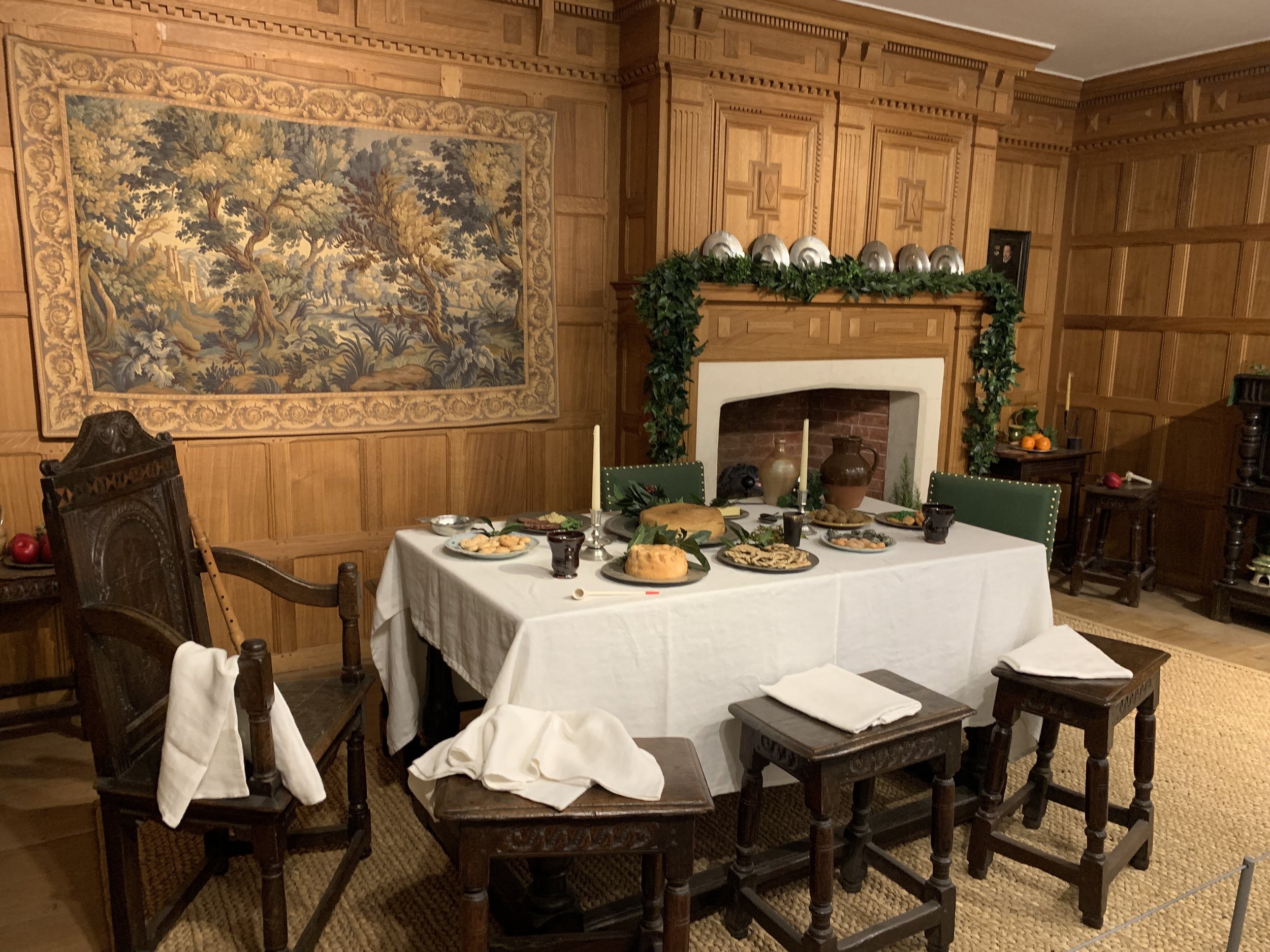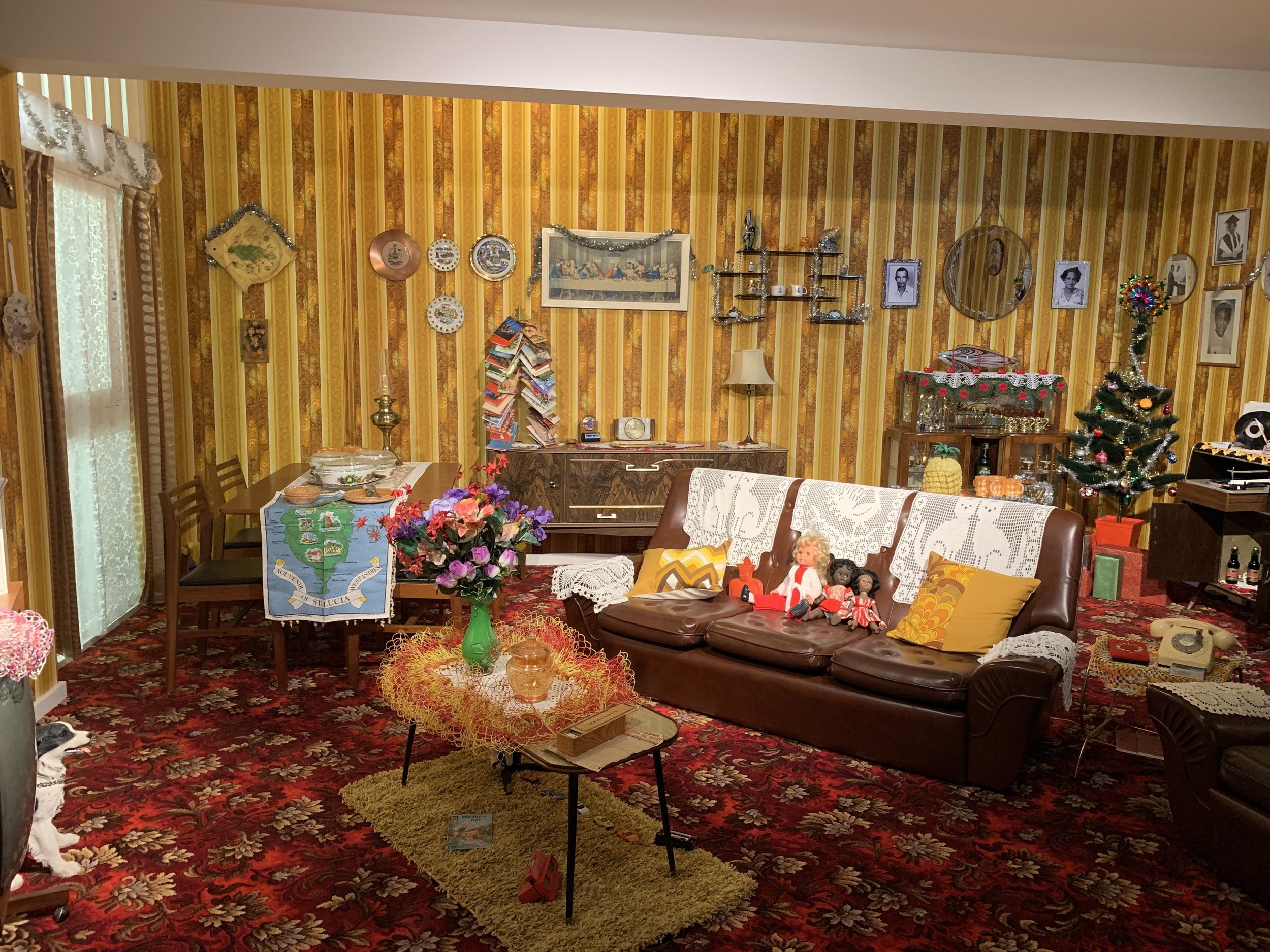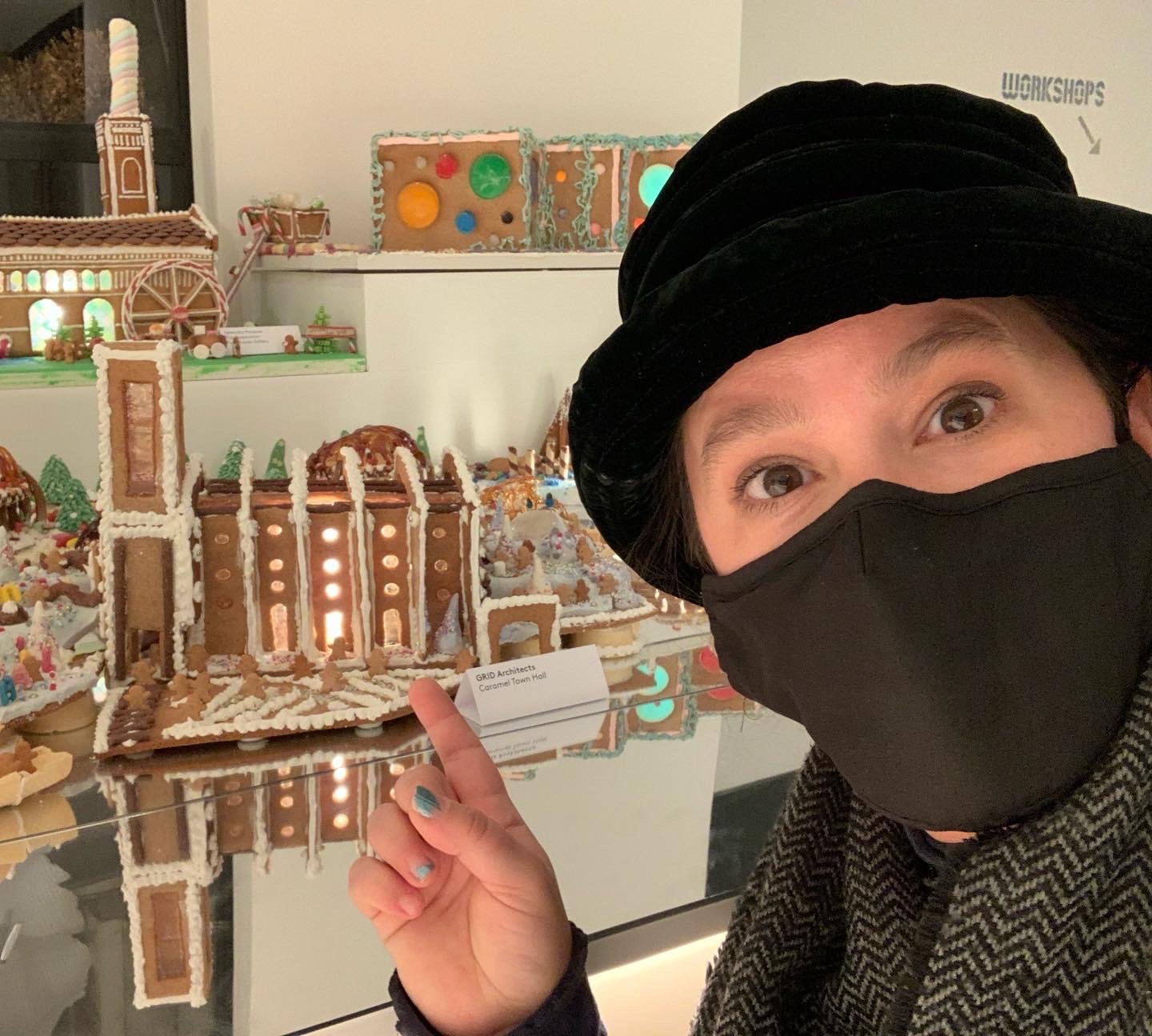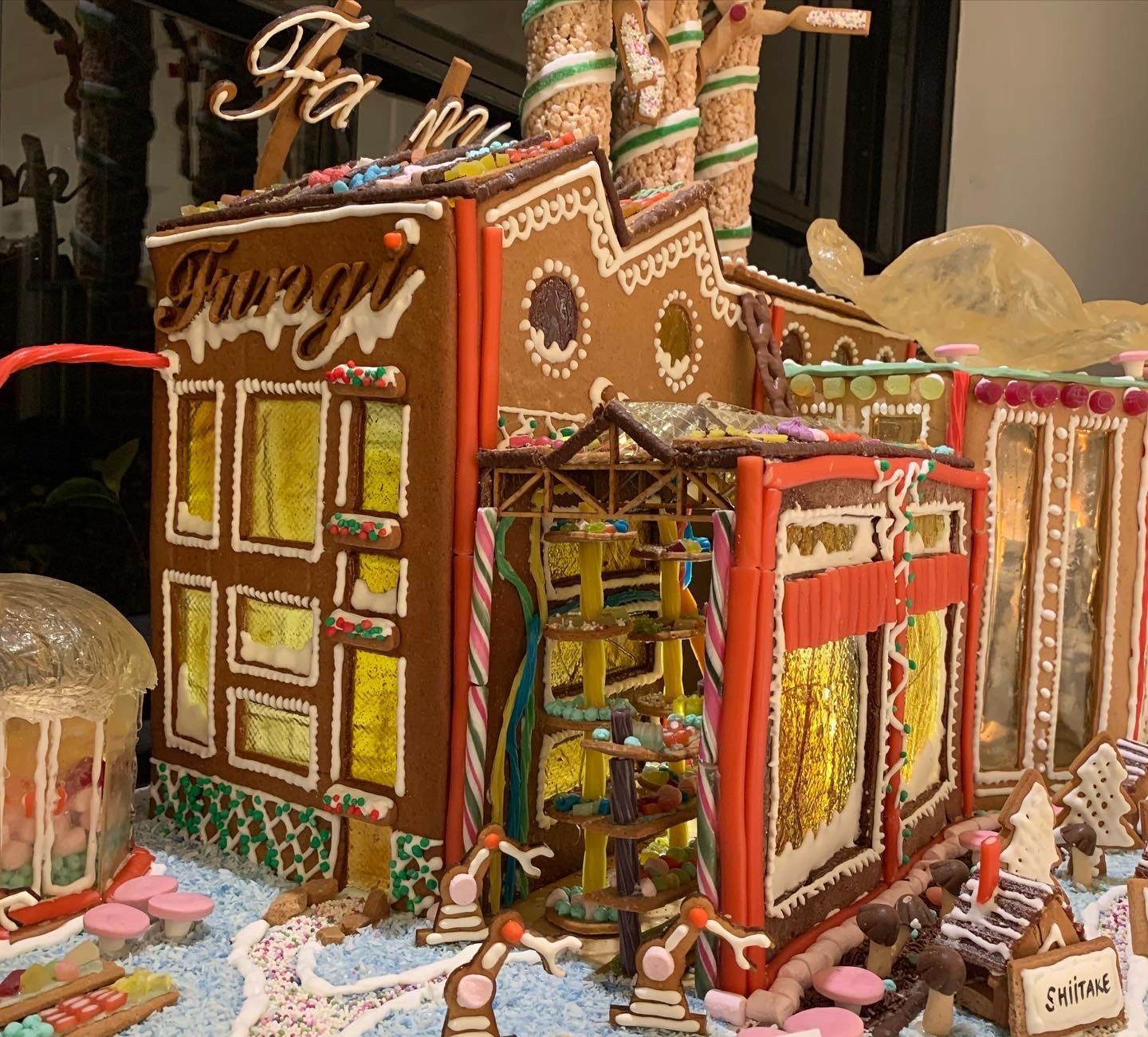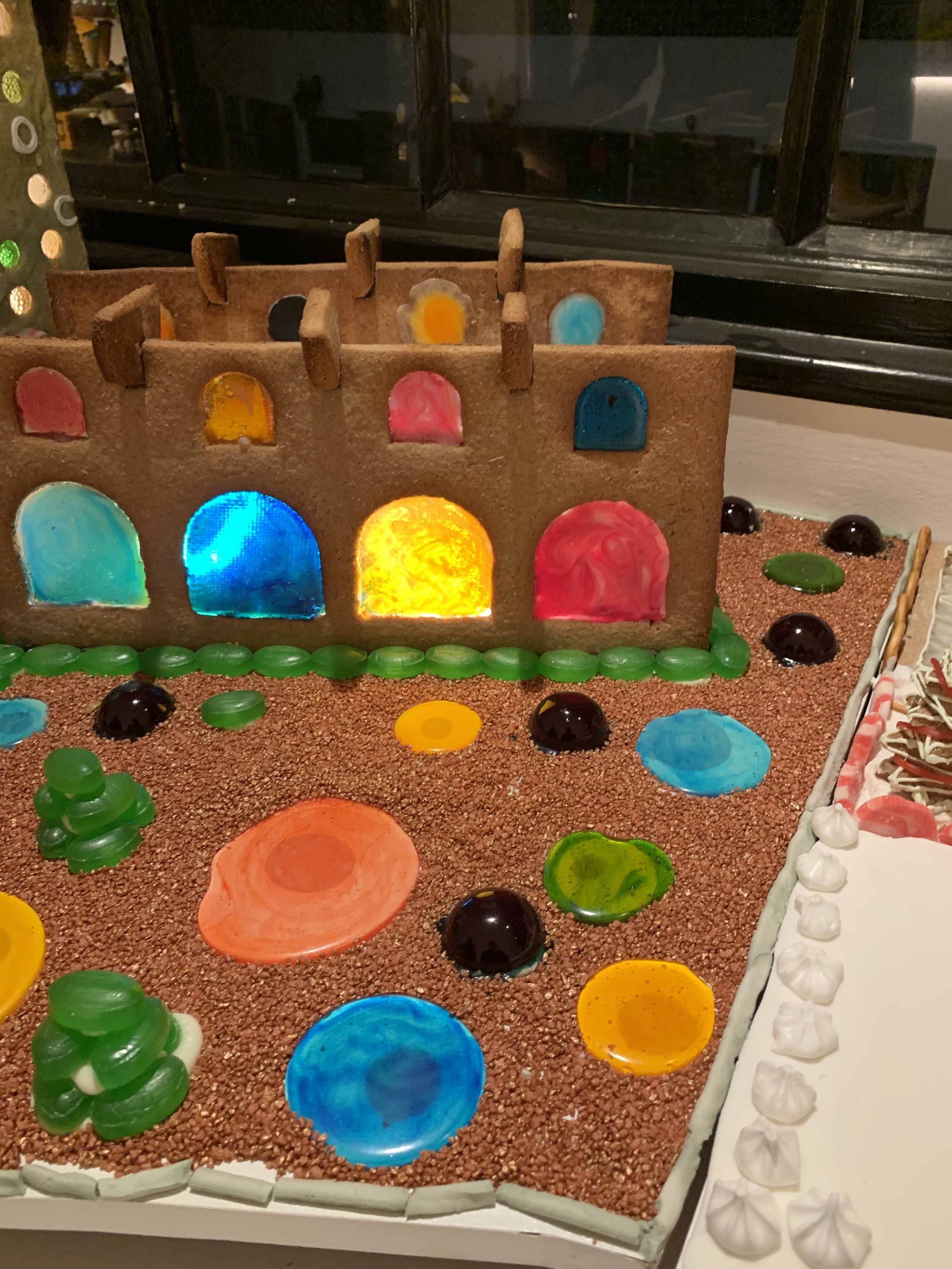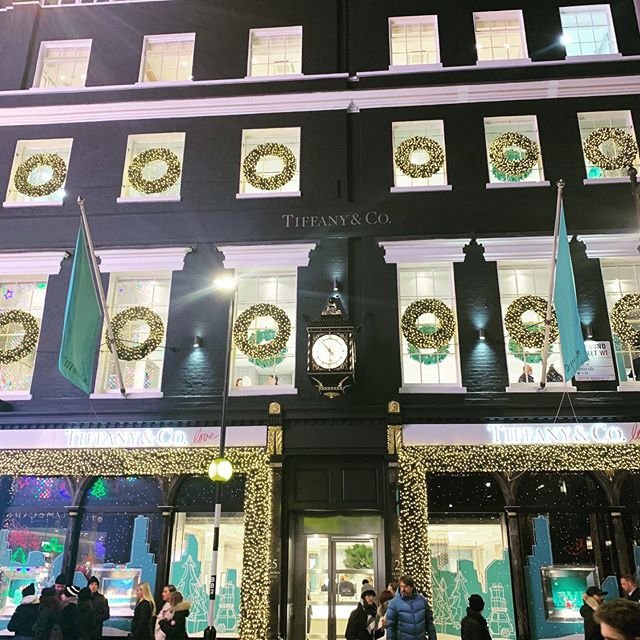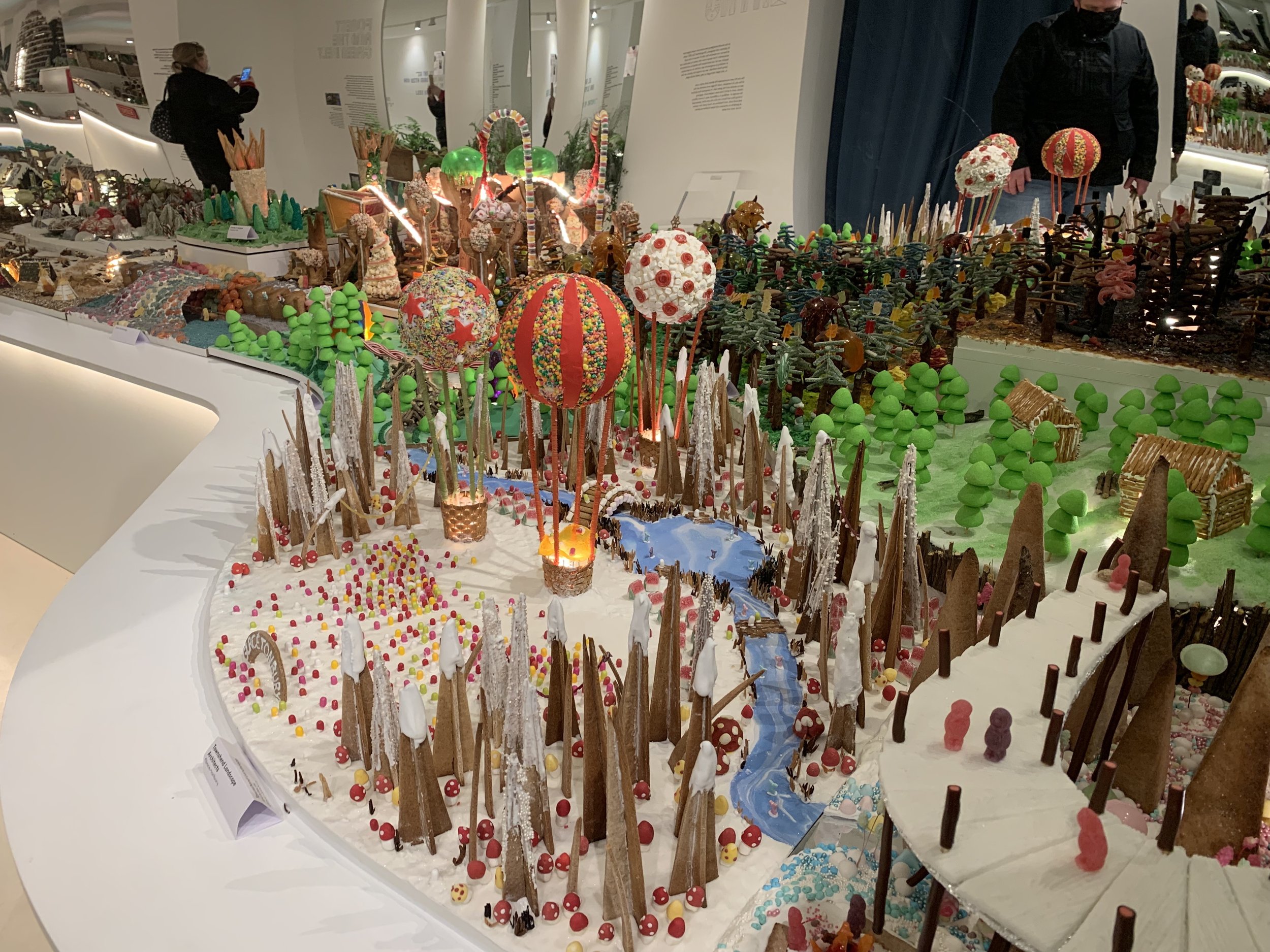One Last Christmas Moment
While January is well and truly on the march, I still had a need for some Christmas events over the weekend. In December, I had planned several holiday events for my husband and I to enjoy during our time off together. Sadly, with the uncertainty of Omicron lurking in the wind, we decided to stay home and be safe. That meant canceling quite a few things I had planned. I was devastated, but it is better to err on the side of safety in situations like this. So now that I have a third vaccine and the information on Omicron is clearer (ok, no perfect, but clearer!), I decided to try to give those last few Christmas events a try.
Luckily, many of the Christmas themed events often linger into January like the dead Christmas tree that was in our living room until Saturday, when we finally decided to take down the decorations and pack it all away. While the Christmas market in Trafalgar Square was still going into the first week of the new year, a few other places still had their holiday happenings on.
First, we went to the Museum of the Home. Originally called the Geffrye Museum, this overlooked museum has been archiving and celebrating where we live for a long time. Back in 2018, there was a closure and a refurbishment of the museum, and now was my chance to check it out. I remember my first visit to the Geffrye Museum was in the early 2000s, where we visited the “Christmas Rooms”. This is an exhibition of living rooms through the years, decorated for Christmas. With rooms staring in the late 1600s, it was incredibly fascinating to see how decorations evolved over time and learn the meaning behind each of them.
I clearly remember learning about these four candles that were placed with pride on the dining table, and how each had a different meaning. I remember the contrast of the 1890’s room to the 1940s and 1960’s. I also remember the 1980’s room being very familiar to my own home where I grew up.
Because of the refurbishment, the museum took on a new name of “Museum of the Home” which celebrates more of what it does — it curates and displays how we live our lives on a daily basis. It has also taken the decision to separate itself from the legacy of Robert Geffrye, who made is money in the slave trade and set up almshouses for the poor in result. The curators are careful to make this very clear, because it is important to understand the wealth amassed from such a horrible line of work.
With the new refurbishment, there is more of a focus on the home and the items that we use in daily life. They have reworked the displays, so you begin with a full detail of rooms and items, including reading and listening to people’s experiences. While this is really interesting and worth a visit, I was here for the Christmas rooms and getting rather anxious having to weave through a crowd of people in a small space to get to the part I wanted to see.
Finally, we came to the first living room with Christmas decorations. It was stunning with the period furniture and the sparse items. A simple table for dinner, some holly draped on the picture frames, and those fake wax food items on the plates. We walked on, and each room was a delight to see. The 1970’s room was particularly colourful. When we finished, I realised that there were things missing from my previous visit all those years ago.
I spoke with one of the staff members, who said that they have tried to make a choice to focus on the first home rooms with lots of detail, and make the Christmas displays more of a visual break with less information. This was disappointing, because (as I told him) the best part about the Christmas rooms was all of the details and historic facts about the ways we celebrate and why we use certain decor in our homes. He invited me to write to the curator. Perhaps that was his way of telling me that it was above his pay grade?
Next, we went to the Museum of Architecture. I must admit, I didn’t know there was a Museum of Architecture until early December, when I saw they were hosting a gingerbread competition. The Gingerbread City is in its 5th year and invites architects from all over London to participate in the building of a themed city. This year’s theme saw all kinds of designs come to life. The architects are given a platform and they decorate with what they wish, so long as it is edible. I saw gingerbread and candy of course, but also pretzels, cereal, ice cream cones and even nori!
The place smelled heavenly. The displays were open until the 9th January, so we went around 7pm on the last day. We had the place to ourselves, without any crowds to shuffle around or rush us on. The level of detail was amazing. Some of the displays were so intricate, it was a good thing that the walls had mirrors so you could appreciate the back side that wasn’t readily visible. Being 5’4”, I relied on my tippy-toes and my iPhone to capture some of the displays that were above eye level. Each display had a quirky name, and I quickly found my favourite.
It was by an architecture firm Peroye & Prasad and titled “Fungi Factory”. The level of detail was extraordinary, with little cranes picking up mushrooms and processing them on an extravagant assembly line. The blown sugar mushroom roof and the laser cut words on the outside of the building made me want to shrink down and take the factory tour! My husband liked the Dammie Dodger, which was a huge mountainside with a waterfall, complete with dare-devil kayakers, and a
ll kinds of detail. The guys working the desk said that it had taken 40 architects over 6 weeks to complete. Wow!
While the Museum of the Home is free to visit, The Gingerbread City was £14 per person. This seemed to even out the day considering that London can be expensive, and we hadn’t been out in a while. Heading home, I remembered the times we have tried to make our own gingerbread house. I have a full year to either plan a very elaborate design, or just wait and buy tickets to see how the professionals do it!
